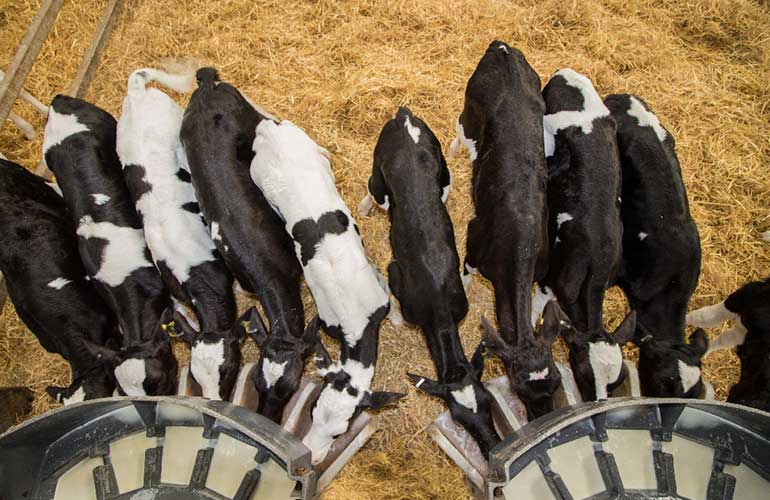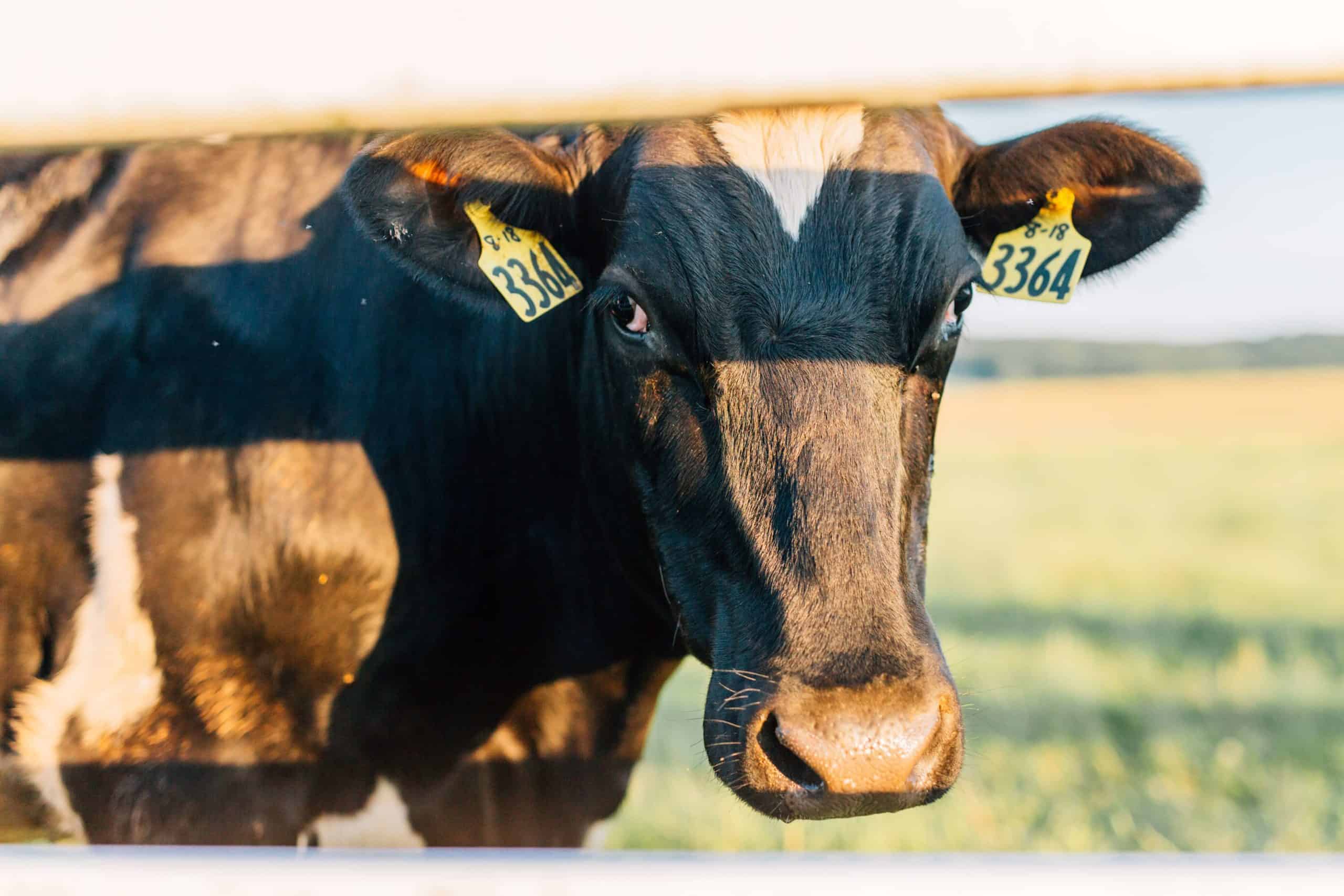Science of once-a-day-feeding

“Why should I feed my calves milk only once a day? It’s so unnatural.”
Even though these days nearly all beef farmers feed once a day, many do not understand why. Here are a few pointers on how to improve the odds.
Early Rumen Development
The prime objective of any calf rearing enterprise is to quickly and effectively convert a calf from a high cost, high risk, labour intensive milk diet, to an animal that can efficiently convert pasture into live weight gain. In other words, the development of the calf’s rumen is the main priority when formulating a rearing program. To obtain early rumen development, the first requirement is to coerce the calf into using its rumen at an early age, that is, to eat dry matter as soon as possible. The feeding of high protein pellets, straw roughage and confining the calf off pasture are all necessary in an early rumen development program.
It must be stressed however, that once a day milk feeding is perhaps the greatest asset available to assist early rumen development. By condensing the dry matter content of the milk, all the nutrients required daily by a calf can be fed in one, low volume feed. Many dairy farmers have tried once a day feeding of young calves, with whole milk and failed. This failure is due to the fact that an average calf requires 5 litres of whole milk per day and it is very difficult to have a 2 or 3 week old calf drinking a full 5 litres, once a day, without digestive upsets. Another problem with once a day whole milk feeding is that the milk is rapidly digested, leaving the calf for a long period each day without an available energy supply to combat cold weather.
Start the average good sized calf on 200 grams of replacer in 2 litres of water and build up the concentration over the next few days to where you are feeding 500 grams of milk replacer, still in 2 litres but once a day. Dairy farmers can do the same thing by using 2 litres of cow’s milk and slowly increasing the strength with replacer until they are feeding 300 grams mixed with 2 litres of cow’s milk or colostrum. The single, low volume feed is slowly digested over a long period but leaves the calf “feeling” hungry and so encourages the early consumption of pellets and roughage.
To grow a calf on whole milk or milk replacer is costly per kilogram of live weight gain, whereas once weaned onto high quality pellets and cereal straw, the cost is reduced significantly. Milk feeding of calves does nothing to assist rumen development. It merely maintains the calf until the rumen can take over. The length of this labour intensive milk feeding period is totally controlled by the rearing system used.
If the following points are adhered to, it is quite easy to wean off milk by 5 weeks and have a calf weighing over 90 kg and gaining in excess of 1.5 kg per day by 10 weeks of age.
- Confine the calf off pasture, in sheds and group penned with no less than 1.5 sq. meters per calf.
- Feed the calf milk once a day at the same time to encourage the consumption of dry feed.
- Provide 20% protein, low fibre calf pellets formulated to be used in an early weaning program.
- Standard 16% to 18% protein pellets with a fibre level of 7% or above will not work.
- Provide clean cereal straw (wheat, oaten, or barley) ad-lib to provide fibre and create large saliva flows to buffer the rumen. The chewing of straw actually increases the calf’s appetite for pellets by changing the rumen pH.
- The feeding of pasture or hay of any description to young calves only does harm. The good taste and low nutrient content (compared to pellets) leads to a reduction in pellet acceptance and the over consumption causes the rumen to stretch without proper development. The end result will be a “poddy” calf.

